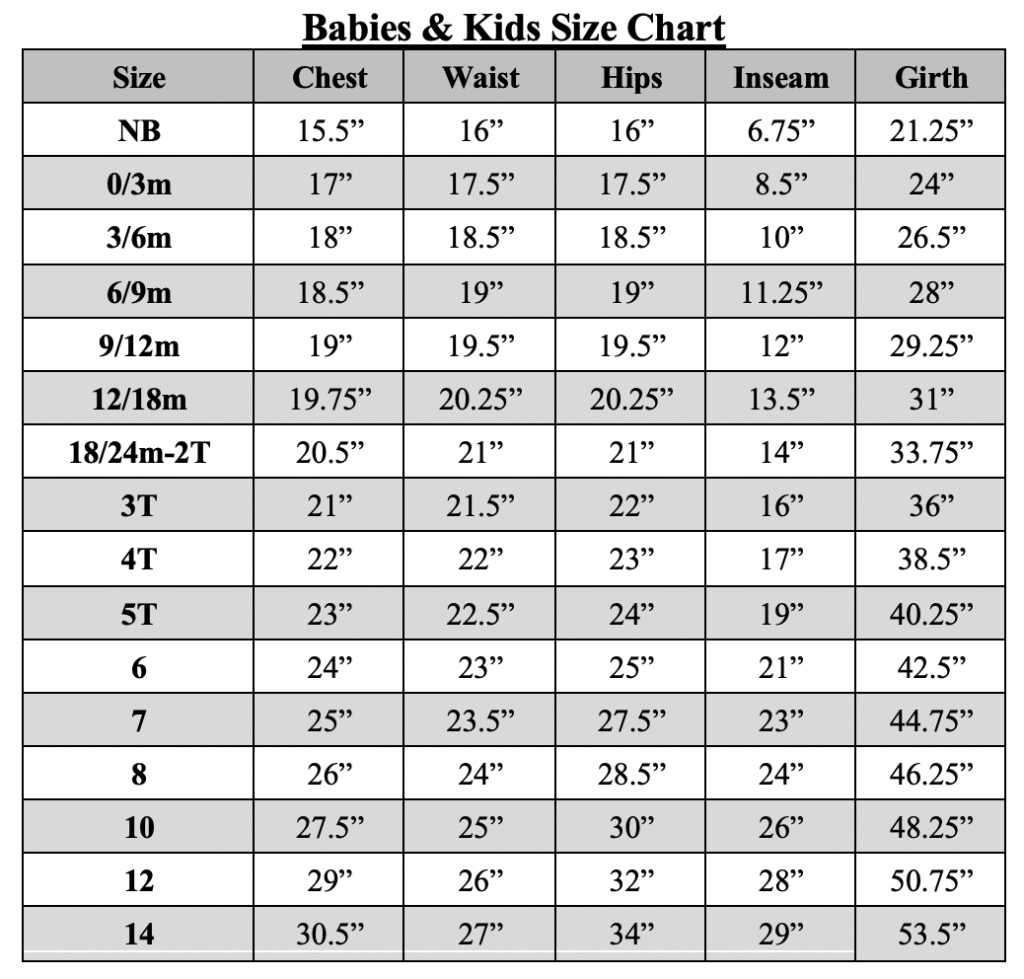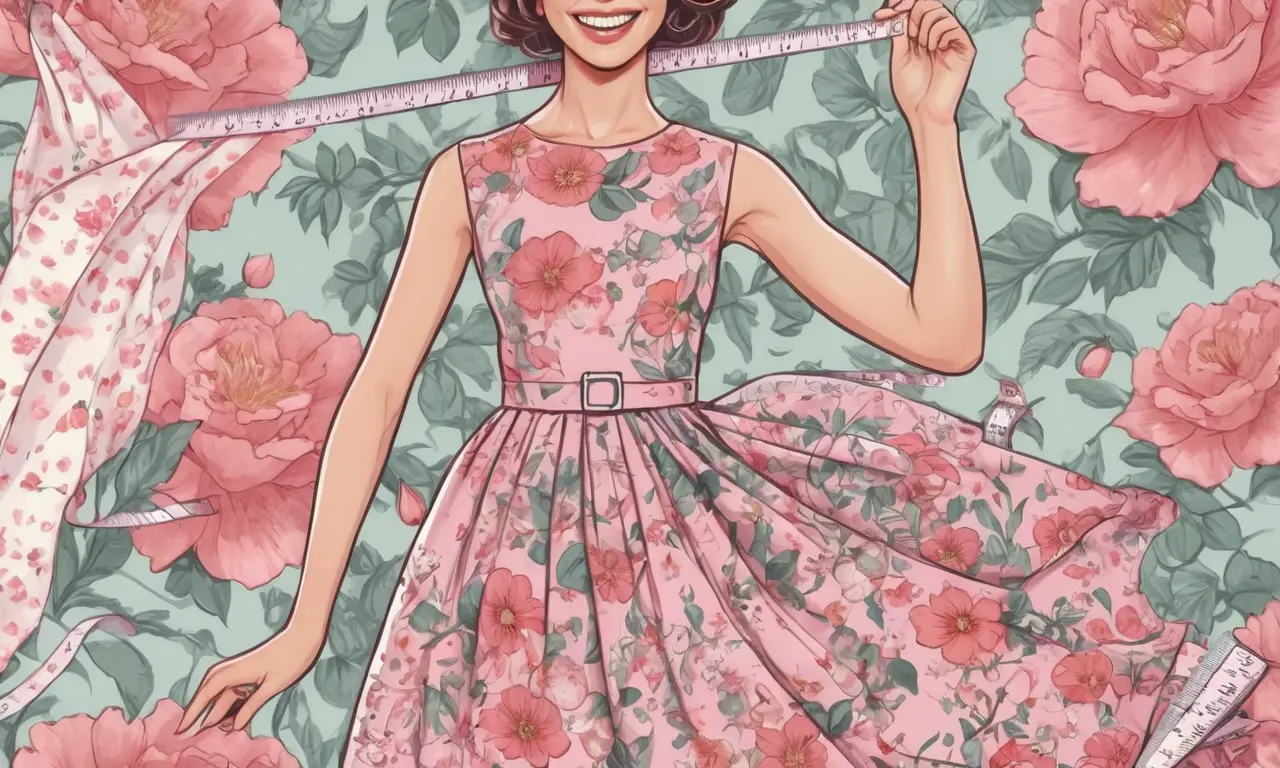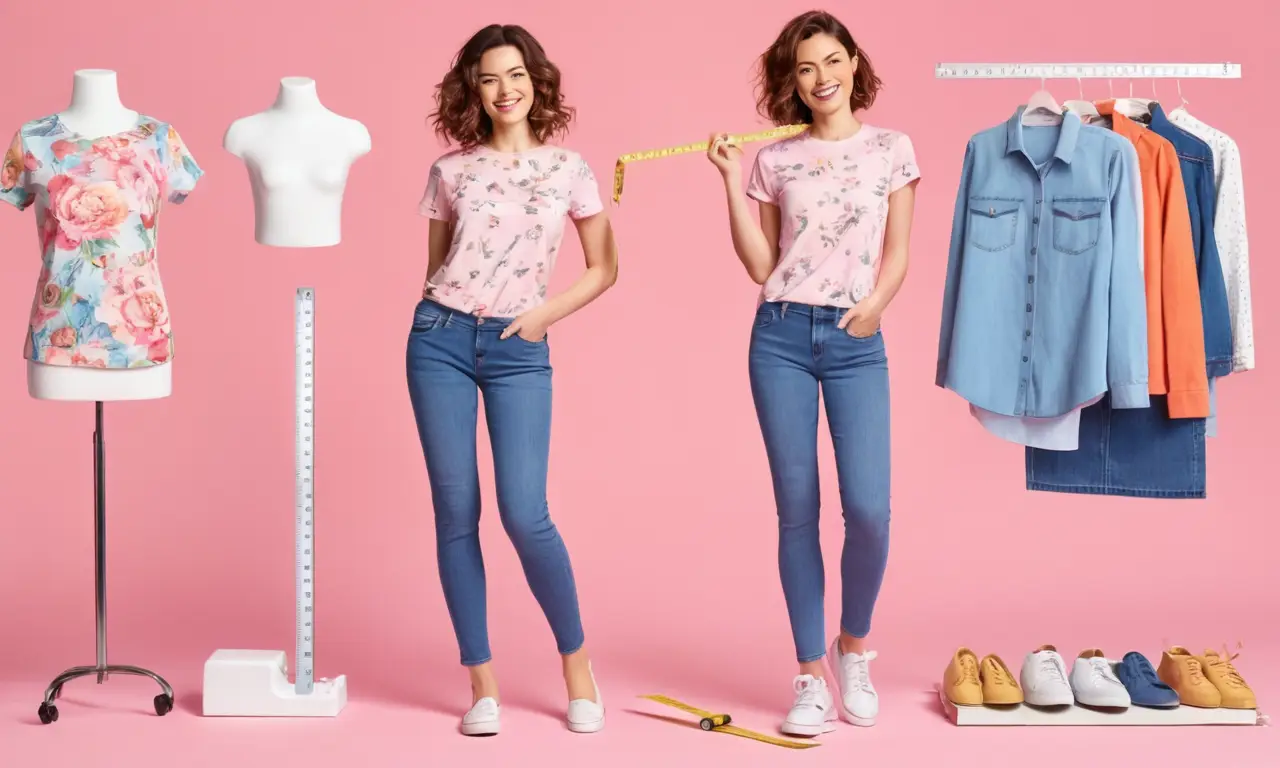
Navigating clothing sizes can be confusing, especially for young women transitioning from youth to adult sizing. Understanding the differences between youth and women’s sizes is crucial for finding clothes that fit comfortably and flatter your figure. This article will guide you through the transition from a 14-16 youth size to women’s small (S), providing valuable insights into sizing, measurements, and tips for finding the perfect fit.
This comprehensive guide will explore the typical dimensions of women’s small, delve into the nuances of youth to women’s sizing conversions, and offer practical advice on using size charts and customer reviews to ensure a successful shopping experience.
Women’s Small Size Guide
Women’s small (S) is a common size for young adults and often corresponds to a range of measurements. While these can vary slightly between brands, a general guideline for women’s small is a bust measurement of 32-34 inches and a waist measurement of 24-26 inches.
Keep in mind that other factors like body shape and personal preference can influence the best fit. Some women may find that a size medium (M) provides a more comfortable and flattering look, while others might prefer a smaller size depending on their individual proportions.
It’s important to remember that sizing is not always standardized across all brands. A women’s small from one retailer might differ slightly in fit compared to another brand.
Youth to Women’s Sizing

The transition from youth to women’s sizes can be a bit tricky, as the numbering system doesn’t always follow a linear progression. While a 14-16 youth size typically corresponds to a women’s small (S), there are some exceptions depending on the specific brand and style of clothing.
For example, some brands might offer a “junior” size range that bridges the gap between youth and women’s sizes. Junior sizes often cater to a slightly younger demographic and may have different measurements compared to standard women’s small.
Bust and Waist Measurements
Accurate bust and waist measurements are essential for determining the right size. To measure your bust, wrap a flexible measuring tape around the fullest part of your chest, keeping the tape level and snug but not too tight.
For your waist measurement, find the narrowest point of your torso, typically just above your belly button. Wrap the measuring tape around this area, ensuring it’s level and comfortable. These measurements will help you compare your dimensions to size charts provided by different brands.
Finding the Right Fit

Beyond relying solely on numerical sizes, pay attention to how clothes feel when you try them on. A good fit should be both comfortable and flattering.
The garment shouldn’t be too tight or constricting, but it also shouldn’t be excessively loose or baggy. Consider factors like fabric stretch, seam placement, and overall silhouette when evaluating the fit.
Size Charts and Reviews
Size charts provided by retailers are invaluable tools for finding the right size. These charts typically list measurements for different sizes, allowing you to compare your dimensions to the corresponding size range.
Customer reviews can also provide valuable insights into how a particular brand or style fits. Pay attention to comments about sizing accuracy, fit recommendations, and overall satisfaction with the garment.
Conclusion
Transitioning from youth to women’s small (S) can be a seamless process when you understand the key factors involved. By utilizing size charts, paying attention to bust and waist measurements, and considering customer reviews, you can confidently navigate clothing sizes and find garments that fit perfectly and make you feel your best. Remember, finding the right fit is about more than just numbers; it’s about feeling comfortable, confident, and stylish in your clothes.
